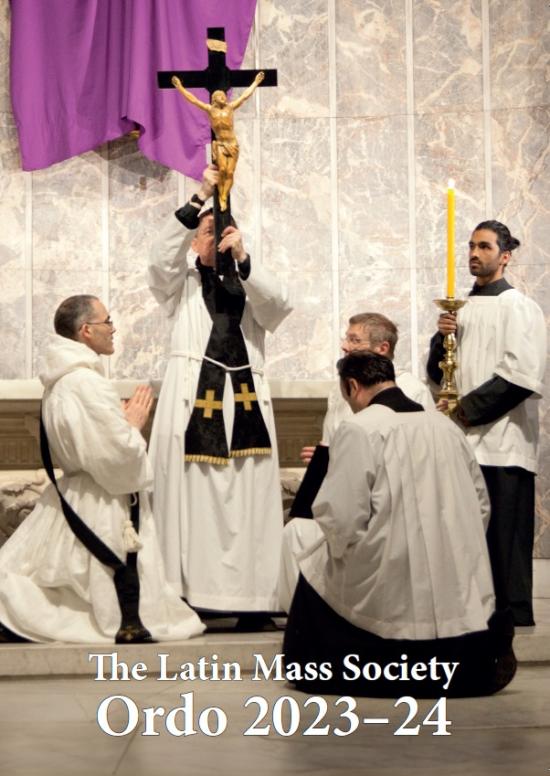
4 minute read
Scholarly responses: Dr Jules Gomes on Ecumenical Papacy
Rome, 1870. Italian nationalists capture the Papal States, Emperor Napoleon III withdraws French troops protecting the pope, the revolutionaries breach the gates of Rome, Catholic theocracy breathes its last breath, and Pope Pius IX summons Vatican I intending to dogmatise papal infallibility.
Faithful Catholics are split. Some cheer exuberantly. Others, with equal devotion to the Petrine office, advise caution. Two towering figures stand out among the cautious: the historian-theologian Fr Ignaz von Döllinger and the ordinary of St Louis, Missouri, Archbishop Peter Kenrick.
Kenrick warns that, “the Scriptures are not to be interpreted contrary to the unanimous consent of the fathers” and demonstrates how most of the church fathers did not believe that the “rock” of Matthew 16:18 was Peter, but could be categorised into five diverse interpretations.
According to Kenrick’s research, only 17 fathers thought the rock was Peter, 44 fathers understood the rock to be Peter’s confession of faith, 16 interpreted the rock as Jesus, eight interpreted the rock as all the apostles, and a few believed the rock to be the faithful.
Döllinger, a hyper-papalist in his younger days and a dear friend of John Henry Newman, warns that papal infallibility would prove to be a “millstone” around the neck of the Church.
Regarded as, “the greatest Catholic theologian and the most learned Church historian in Germany during the present century,” Döllinger accuses the papacy of overreach based on at least seven forgeries including the pseudo-Isidorian decretals, Liber Pontificalis, and the Donation of Constantine.
Döllinger faced the guillotine of excommunication; Kenrick returned to St Louis in silent humiliation. Both would feel vindicated by the Vatican’s most recent “study document” titled, The Bishop of Rome: Primacy and Synodality in Ecumenical Dialogues and Responses totheEncyclicalUtUnumSint.
The document gathers a plenitude of scholarly responses from other denominations on the primacy of the See of Rome — the responses acknowledge that the Petrine ministry is rooted in Scripture and Tradition, and a means of achieving the unity Our Lord Jesus prayed for in his high priestly prayer.
Pope Francis is equally effusive in his reciprocity: “Today the Petrine ministry cannot be fully understood without this openness to dialogue with all believers in Christ.”
The document vindicates Kenrick’s pleas for a fuller exegesis of Matthew 16:18. “Contemporary exegesis has opened new perspectives for an ecumenical reading of the ‘Petrine texts,’ ” it states, warning Catholics not to impose, “an anachronistic projection of all doctrinal and institutional developments concerning papal ministry into the ‘Petrine texts’. ”
“The Bishop of Rome” recognizes the fraught context of Vatican I calling for the council to, “be understood within the framework of its historical context,” especially since the council’s “dogmatic definitions have proved to be a significant obstacle for other Christians with regard to the papacy.
“That Council had no intention of either denying or rejecting the tradition of the first millennium, to wit: the church as network of mutually communicating churches,” it states, arguing that the pope did not enjoy universal jurisdiction in the first thousand years of Christianity.
To emphasise this point, it quotes Cardinal Ratzinger (later Pope Benedict XVI): “As far as the doctrine of the primacy is concerned, Rome must not require more of the East than was formulated and lived during the first millennium.”
Convinced that “the Pope … is undoubtedly the gravest obstacle on the path of ecumenism,” Pope Paul VI, “by his gestures and statements, contributed in many ways to a new understanding of papal ministry,” the document reiterates. Is this document a threat or a treat to traditionalists? Perhaps an eirenic way forward would be to examine the arguments and evidence of Döllinger and Kenrick but also to read recent traditionalist authors warning of the dangers of an exaggerated view of the Petrine office.
After all, a host of traditionalist authorities from Cardinal Raymond Burke to Bishop Athanasius Schneider are pointing fingers at the “ultramontanist papacy” as “the source of our ills,” in Peter Kwasniewski’s anthology Ultramontanism andTradition:TheRoleofPapalAuthority in the Catholic Faith.
The rather provocative titles of some chapters (the authors take diverse positions) speak for themselves: “The Hyperinflation of the Papacy,” “Can we Learn Anything from the Critics of Vatican I,” “The Dubia of Vatican I,” and “What is a False Spirit of Vatican I?”.
Rome, 2024. Faithful Catholics are still split. But the willingness of traditionalist Catholics to produce an anthology of diverse opinions and the willingness of the Dicastery for the Promotion of Christian Unity to listen to ecumenical voices — all with great devotion to the Petrine office — surely is grounds for hope, not despair?
Dr Jules Gomes has a doctorate in biblical studies from the University of Cambridge. Currently a Vaticanaccredited journalist based in Rome, he is the author of five books and several academic articles.










